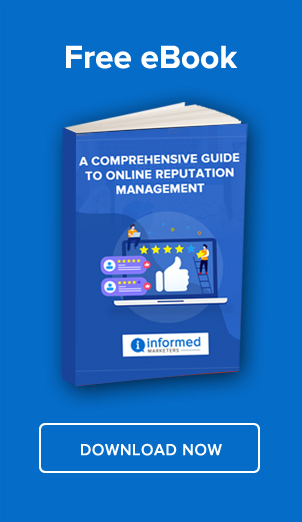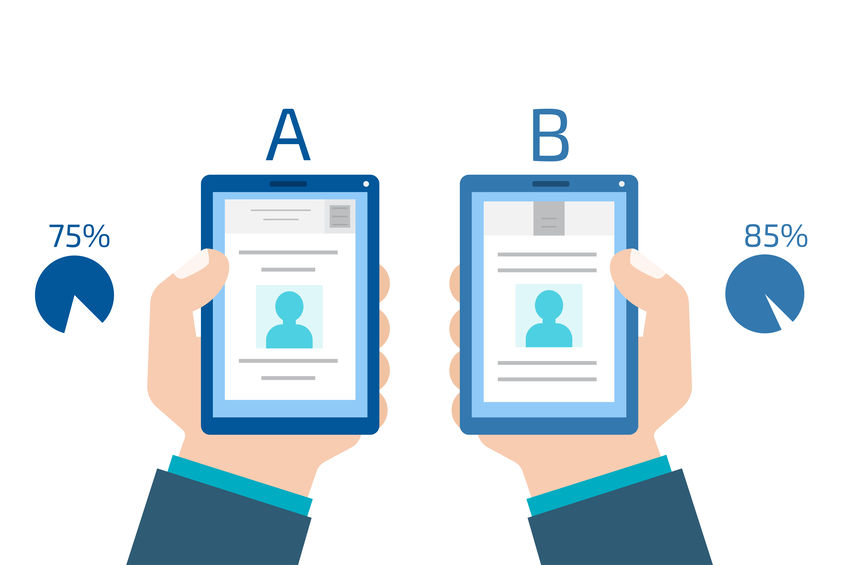Crawling is a critical part of SEO, as it ensures that Google discovers and indexes new content from websites. But what happens when Googlebot stops crawling across multiple domains at once? This rare issue can leave website managers puzzled, especially when there is no obvious reason for the disruption. Recently, Google’s Search Advocate, John Mueller, shared valuable insights on diagnosing and troubleshooting such multi-domain crawling issues, offering solutions that may help SEO professionals maintain their sites’ discoverability.
This article explores these insights in detail, guiding webmasters and SEO specialists through steps to diagnose and resolve multi-domain crawling issues effectively.
Understanding Googlebot’s Crawling Process
Googlebot, Google’s web crawler, works tirelessly to discover and index content across the internet. Crawling ensures that new pages, updates, and website changes are added to Google’s index. Normally, Googlebot’s crawling is efficient, targeting both individual pages and entire sites in a structured way. However, disruptions in this process can significantly impact visibility and rankings, especially if they occur across multiple domains simultaneously.
Common Causes of Multi-Domain Crawling Issues
When crawling stops across multiple domains, it’s often a systemic problem rather than an issue isolated to one domain. According to Mueller, several shared infrastructure elements can contribute to such a crawl halt:
- Shared Infrastructure: If the affected sites share infrastructure, such as a Content Delivery Network (CDN) or hosting provider, any issues in these services can prevent Googlebot from accessing multiple sites simultaneously.
- DNS Problems: Domain Name System (DNS) issues can prevent Googlebot from locating sites correctly, effectively halting crawling. If several sites on the same DNS service experience this issue, it can appear as a multi-domain problem.
- Server Overload or Downtime: A server that’s frequently overloaded or undergoing maintenance may fail to respond to Googlebot’s requests. For multi-domain sites hosted on the same server, any downtime or delay in response will affect all sites simultaneously.
Diagnosing Multi-Domain Crawling Issues
Mueller highlights several diagnostic steps to help identify the cause of multi-domain crawling disruptions. These steps focus on understanding shared elements, analyzing error patterns, and using tools like Google Search Console to trace the issue.
1. Check Google Search Console for Crawl Stats
Google Search Console is invaluable for diagnosing crawl issues. By examining crawl stats, webmasters can see when Googlebot last accessed the site and determine if there are patterns or trends in the failures.
- Look for DNS or Server Errors: Crawl stats reveal if Googlebot is encountering DNS or server errors. High error counts suggest issues with the infrastructure serving multiple sites.
- Identify Timing Patterns: If the crawl halt started simultaneously across domains, it’s a strong indicator of a shared issue, such as server overload or CDN issues.
2. Examine Shared Infrastructure and Logs
Sites on shared infrastructure are more vulnerable to multi-domain crawling issues. Webmasters should check the following:
- CDN Functionality: If the sites use a CDN, verify that it’s functioning as expected. Temporary failures in CDN nodes or routing issues can block Googlebot’s requests.
- Hosting Performance: Review the hosting provider’s logs to identify any downtime or server overload issues, which can prevent Googlebot from crawling.
- Firewall Configurations: A firewall set to block high-frequency access may misinterpret Googlebot’s requests as threats, resulting in restricted access. Ensure the firewall is set to recognize and permit Googlebot’s IP ranges.
3. Diagnose DNS Configurations
The DNS configuration is another potential source of multi-domain crawling problems. DNS is responsible for directing traffic to the correct IP addresses, and issues here can prevent Googlebot from reaching websites.
- Check for DNS Timeouts: DNS timeouts occur when requests cannot reach the server. Using tools like Google Search Console’s crawl stats and third-party DNS testing tools can help pinpoint such problems.
- Verify DNS Propagation: Incorrect propagation or slow updates may prevent Googlebot from resolving the domain correctly.
4. Monitoring Robots.txt and Site Permissions
While robots.txt is less likely to cause issues across multiple domains at once, it’s still wise to verify that each domain’s file has not been accidentally altered. If robots.txt inadvertently restricts Googlebot from accessing a site, it will prevent crawling.
- Confirm Consistent Permissions: Ensure that robots.txt is not blocking Googlebot, and verify that any shared configuration for multiple sites does not accidentally restrict crawling.
- Analyze Error Logs: Error logs can show whether Googlebot is hitting roadblocks, such as 403 Forbidden errors due to site permission issues.
Proactive Measures for Multi-Domain Crawling Health
To avoid multi-domain crawl disruptions in the future, it’s essential to implement preventive measures that keep your infrastructure resilient and SEO-friendly:
- Monitor Logs Consistently: Regularly check server and CDN logs to catch minor issues before they escalate into significant disruptions.
- Work Closely with Hosting Providers: Choose a reliable hosting provider with a strong reputation for uptime and speed, as these factors can reduce the likelihood of crawl interruptions.
- Set Up Automated Alerts: Many server management tools can send alerts if crawling or server access is hindered, allowing for immediate action.
- Use Consistent Crawling Practices: Limit drastic changes to crawling settings in robots.txt or Google Search Console, as these can unintentionally block or limit Googlebot.
Conclusion
Multi-domain crawling issues are often tied to shared infrastructure or technical configurations rather than problems within individual sites. Google Search Advocate John Mueller’s advice highlights the importance of diagnosing shared infrastructure elements and using tools like Google Search Console to get detailed insights. When Googlebot halts crawling, it can directly impact SEO, so addressing these issues promptly is essential for maintaining visibility in search engine results.
For SEO professionals managing multiple sites, following these diagnostic steps and implementing preventive measures can ensure consistent crawling and indexing, ultimately supporting a healthy search presence.
FAQs
1. What causes Googlebot to stop crawling multiple domains?
Issues like CDN outages, DNS misconfigurations, and server overload on shared infrastructure can halt Googlebot’s crawling across multiple sites.
2. How can Google Search Console help with diagnosing crawl issues?
Google Search Console provides crawl stats that show if errors are due to DNS or server failures, helping diagnose multi-domain crawl problems.
3. Can robots.txt cause a multi-domain crawling issue?
If robots.txt is configured to block Googlebot, it may cause crawling issues, but simultaneous multi-domain crawling stops are usually due to shared infrastructure rather than robots.txt errors.
4. Will temporary crawling issues affect my site’s SEO?
Short disruptions may not impact rankings, but prolonged issues risk reducing site visibility and discoverability in search results.
5. How can I prevent multi-domain crawling issues in the future?
Monitor shared infrastructure regularly, set up alerts for potential issues, and use a reliable hosting provider to reduce the risk of crawl disruptions.
These steps and preventive strategies will help maintain a healthy search presence for multi-domain websites, ensuring that Googlebot can consistently crawl and index your content.






